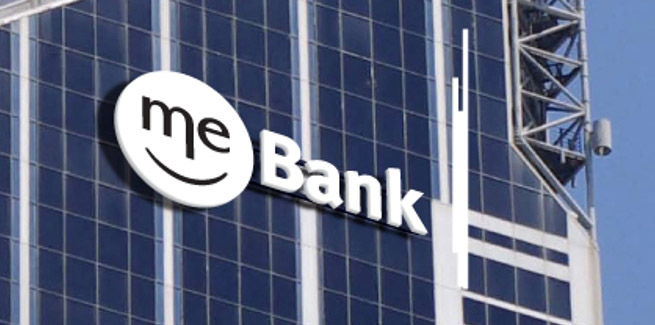The non-major lender has released its 2019 full-year financial results (FY19), which shows that its home loan portfolio grew by 7.3 per cent to $26.3 billion in FY19, equating to 2.5 times system growth.
Given the uptick, ME’s share of the home loan market rose from 1.46 per cent to 1.53 per cent as at June 2019.
ME CEO Jamie McPhee said: “Despite experiencing one of the toughest years in banking, with record-low credit growth, record-low interest rates, a highly competitive environment, and increased regulation and compliance, ME has grown strongly in both home loans and household deposits and has increased its market share and customer base.”
Mr McPhee told Mortgage Business that it had seen a “balance of growth across all segments” with “more of a balance between owner-occupier, investor, principal and interest repayment, interest-only repayments across the board”.
“Across the states, we have probably seen stronger growth in Melbourne and Sydney and less in Perth but that, again, is reflective of house prices in those respective states,” he said.
ME’s 90-plus day delinquency rate for the year was 0.71 per cent, in line with industry, with home loan credit losses at $456,133.
ME backs away from credit card range, looks to digital wallets
However, while the book was performing well, the bank’s financials continue to be affected by non-recurring costs and a drop in net interest margin (NIM).
The bank’s NIM fell 3 basis points to 1.59 per cent, which ME said was “due to ongoing intense competition for home loans”.
Mr McPhee told Mortgage Business: “There is low growth across the board. There is definitely an intense competition in the mortgage market space. There are almost 100 ADIs in this country and most of them do operate in the mortgage space (to one degree or another), so there are obviously a lot of participants providing a lot of competition in the mortgage space.
“As credit growth slows... price competition obviously becomes more intense. So, the competitive mortgage market is increasing as the growth of the overall market slows,” he said.
Moreover, the bank’s full-year results showed that statutory net profit after tax fell by nearly 25 per cent to $67.1 million, down from $89.1 million the previous year.
This result included non-recurring items, such as: IT system remediation and decommissioning costs (-$15.1 million); impairment losses on ME’s credit card business (-$14.4 million), and realised and unrealised gains/losses on hedging instruments (-$3.1 million).
Speaking of the loss on the credit card business, the ME CEO noted that the bank halted its work in bringing more credit cards to market after recognising a “structural” shift away from cards and was therefore focusing its work on digital wallets.
He explained: “Our work on digital wallets is progressing. We wanted to bring that forward, and we’ve taken the opportunity to re-look at the credit card market, and what we’ve been seeing is that the number of credit cards are in decline, while we’ve seen a significant increase in the buy now, pay later entrants AfterPay, Zip, Flexi.
“We think that the credit card market is being structurally disrupted, so we’ve decided that we don’t think that is the right environment for the bank to go forward in.”
Mr McPhee added that while the bank will continue to have its low-rate credit card, it has revised its strategy regarding a wider product range.
“We were thinking of coming to market with a broader range of credit cards, including reward cards, etc. but having had a look at the market, we don’t think that is the right thing to do, strategically, going forward,” he said.
“So, that has obviously impacted the statutory earnings this time around.”
He continued: “There is no way we will be diverting our attention away from building out the customer digital ecosystem like the digital wallets, NPP (national payments platform), until we get that right up to a very, very market competitive offerings.
“That will be our focus for the foreseeable focus. Anything else would be a distraction.”
It is expected that ME will be releasing its “digital ecosystem” progressively from 2020.
Compliance costs are here to stay
The lower NIM and increased regulatory and compliance costs caused a fall in ROE to 7.2 per cent.
Speaking of regulatory and compliance costs, Mr McPhee elaborated: “We have seen a big uptick in our investment in that space. There is no doubt that, following the royal commission on conduct and culture, there is a much much greater regulatory oversight and so – like all banks – that has absolutely impacted our cost structure.
“We don’t believe that is going to go away any time soon,” he continued.
“We are in a high regulatory and compliance environment, and so what we need to do is really make sure we find efficiencies right through the business, by leveraging our technology to automate manual processes, for example. But, there is no doubt that one of the cost impacts this year has been the uplift in investment in regulatory and compliance issues.”
On an underlying basis, the cost-to-income ratio increased 30 basis points to 64.8 per cent.
After excluding non-recurring items, ME’s underlying full-year net profit after tax was $99.8 million, up 3 per cent on the previous year.
[Related: ME names new CFO]
